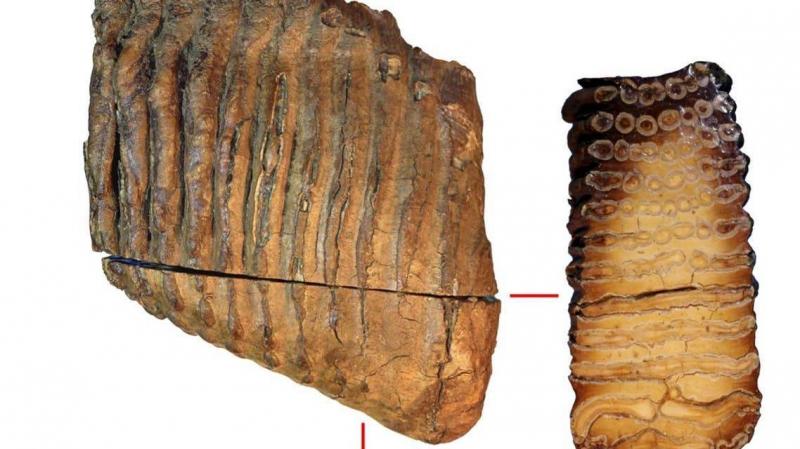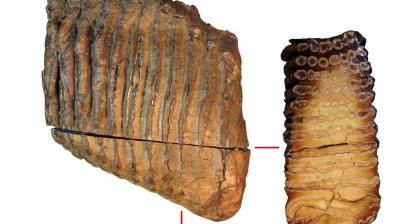The issue of animal extinction remains a dilemma confronting humanity, and from time to time, scientists present new studies that may change something. Recently, a team of scientists and entrepreneurs announced the launch of a new company aimed at genetically reviving the woolly mammoth; however, this announcement has sparked a wave of criticism, raising ethical questions around the new company.
**Woolly Mammoth as a Landmark**
In detail, the company "Colossal" has declared its goal to genetically resurrect thousands of these large animals, thousands of years after their extinction, according to a report published by The New York Times. The information stated that biologist George Church from Harvard Medical School has been leading a small team of researchers for the past eight years to develop the tools necessary to revive the mammoth, considering the start of the company's work as a landmark that will make a significant difference in the world, as he put it. The company, which received $15 million in initial funding, is also set to support research in Dr. Church's lab and conduct experiments in its own laboratories in Boston and Dallas.
Former researcher at Dr. Church's lab, Eiriona Hisule, will oversee the new company's efforts to modify the DNA of the Asian elephant by adding genes for mammoth traits like thick hair and fat to withstand the cold. Furthermore, researchers in the new company hope to produce embryos of these elephant-mammoth hybrids within a few years, ultimately aiming to generate complete populations of these animals.
**Serious Ethical Questions**
If "Colossal" manages to produce elephants resembling mammoths, the company will face serious ethical questions about whether it is humane to create an animal about which very little is known regarding its biology, and who gets to decide whether this animal can be allowed to roam freely. Beth Shapiro, a paleogeneticist at the University of California, Santa Cruz, and author of "How to Clone a Mammoth," expressed in an interview with the newspaper that "there are many issues that everyone will face along the way." Meanwhile, other researchers are highly skeptical that "Colossal" will accomplish such a monumental task.
It is worth noting that the woolly mammoth was an animal that lived in modern times and coexisted with humans, but the species went extinct around 10,000 years ago, with its closest remaining relatives being the Asian elephants. Given that elephants and Asian mammoths share a common ancestor that lived about 6 million years ago, an expert believes it may be possible to modify the DNA of the elephant to produce something that resembles and behaves like the mammoth.




